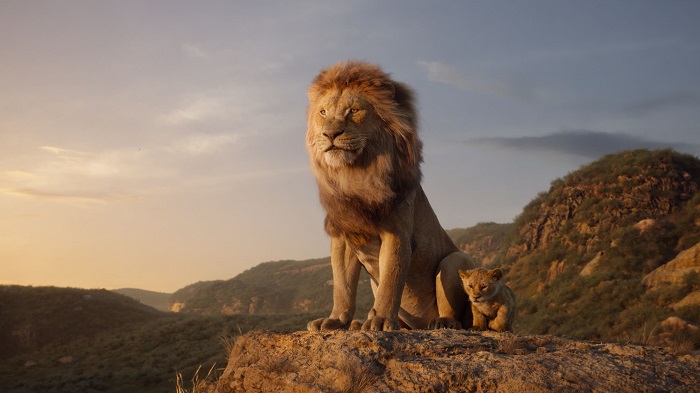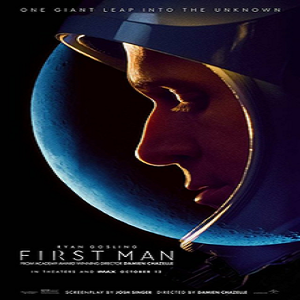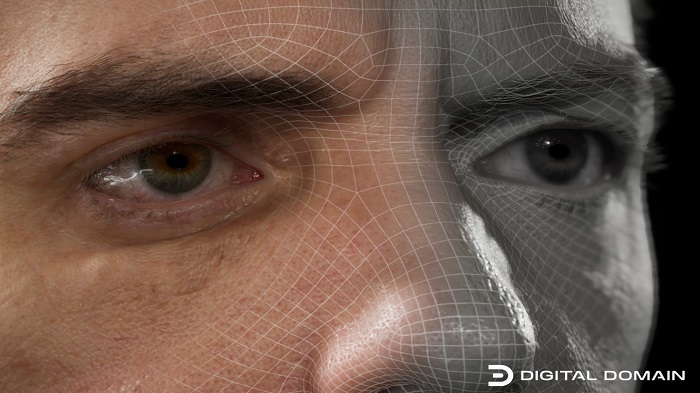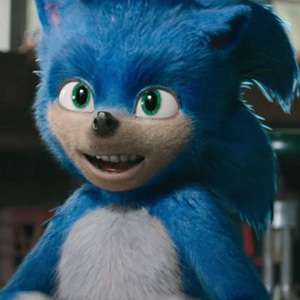
With filmscape being expanded by technological feats ranging from digital platforms to machine learning, VFX scenario is on an upwards trajectory. 2019 proved to be a disruptive year in terms of technological advancements in the VFX sphere of filmmaking. Storytelling was taken a notch higher than the year before, courtesy of the strides witnessed in the ecosystem. Filmmakers made maximum use of technology to bring their imagination to life on celluloid. As the year draws to a close, we are here to shine the spotlight on some of the pressing trends that defined the VFX scenario for the year.
The CGI streak
While we saw live transition of CG characters over the course of the year advanced by Disney, there was a conspicuous rise in the number of CG elements in Indian movies like Houseful 4 and Total Dhamaal.
While Houseful 4’s CGI work included elements like tarantula spider, medieval city, giant pillars etc, Total Dhamaal gave a glimpse of a menagerie of animals and birds along with other complex simulations.
Beloved animated characters given a CG facelift

Rapidly advancing VFX streaks have lent themselves to CG transformation, paving the way for live-action retelling of popular animated content. A score of disney classics that had predominantly garnered cult-like following got live-action treatment this year.
While bedtime classics like Aladdin and Dumbo were stylised to cinematic perfection, audiences were wowed by the CG Pokemons in the movie Detective Pikachu. Referring to the intricacies of the movie Dumbo, MPC VFX supervisor Patrick Ledda shared, “I would say that in terms of research and development, our main achievement was the development of high-resolution skin deformer to allow us to simulate every single skin wrinkle and shun away from traditional displacement maps. This allowed us to dynamically simulate skin wrinkles and change their appearance as the elephant’s move.”
Shedding light on the VFX techniques deployed to created our beloved pokemons, Pokémon: Detective Pikachu VFX supervisors Pete Dionne noted, “On set, we had multiple Pikachu puppets and stuffies available to support the performance of the actors, as well as for integration reference for our lighters and compositors back at the studio. Typically, we would shoot with a practical puppeteered Pikachu in the shot for the first few takes of a scene, as the cast and crew develop a feel for the performance, action, and composition. Once everyone was comfortable, we would remove the puppeteer and puppet for the remaining takes, and shoot it clean, using various markers for maintaining eyelines as necessary. Once we were ready to move on, we would shoot a final pass of a clean plate without any actors in it and we would shoot chrome and grey spheres as well as 360 degree HDRI photography for reference of the scene lighting, as well as shoot an actual furried and painted latex stuffy we made of key Pokémon, for explicit reference of how our CG characters should appear in the scene. It was an exhaustive process, but it allowed us to really capture the nuance required to integrate these creatures into reality.”
Out of all the animated giants that were lucky enough to be reincarnated in CG, the most notable one was the oscar-nominated Lion King. Deploying revolutionary technologies like virtual production and game engine, the creative team allowed director Jon Favreau to watch the photorealistic giant before even making it.
Space Movies

The VFX landscape was expanded beyond the stratosphere as filmmakers depicted stories set in the intergalactic space. While the Star Wars Universe was magnificently concluded with the rise of the Skywalker; deploying the best of VFX imageries, Ad-Astra’s visual-style leaned towards realism over fantasy.
Speaking about the amount of research that was carried out to portray the depth of the project, MPC compositing supervisor Eric Andrusyszyn, shared, “A lot of research was involved. The CG departments looked into how metals corrode in space, re-entry methods, how atmospheric wear and tear affects ships on take-off and landing. It was an area that we didn’t have much knowledge — the more we knew, the more we could apply. For compositing, I spent a lot of my initial hours studying a variety of space photography. NASA’s online image database was a huge resource for me personally. This especially included the various images of moonwalks where I spent time studying specular details and how light reacts to the lens of a camera in that type of environment.”
Indian cinema too followed suit with its hindi space movie Mission Mangal that depicted India’s first exploratory mission focused on the red planet.
Reflecting on the movie’s VFX aspect, Famulus Media and entertainment COO and Founder Suchit Mukherjee shared, “We were very keen from day one as we were lucky that we got the film because nobody has done that here so far. This kind of a movie has never been made in bollywood. And we knew the challenges that lay ahead but we did a lot of work in terms of providing high-end CGI ……”
Machine Learning
Adobe and Autodesk both announced machine-learning features in their products, and Foundry announced the open-sourcing of our deep learning platform, ML Server. Pushing the envelope. Digital Domain relied on machine learning to create the CG Character of Thanos from Avengers Franchise.
Making massive inroads in catalyising the processes, machine learning is touted to be a huge disrupter in the VFX sphere of filmmaking which is eventually going to not only automate processes once streamlined in the studio pipelines but also a recaliberated approach to enter the granularities like hair systems, muscle movements and other nuances of characters.
Digital Humans

Capping the uncanny valley was a main aim in 2019 for visual effects companies in regards to digital humans and AI techniques in general. The goal of making digital humans more life-like—to the point where they’re indistinguishable from the real thing is progressively being realised. In the movie Blade runner 2049, MPC had successfully created a body double of the character of Rachel which had become the benchmark for future projects. Technicolor India head Biren Ghose shared, “they couldn’t find a match for casting Rachel, So neck upwards, Rachel is not real. and this really shows you where the state of the art is.”
2019 saw the battle angel Alita brought to life with the performance capture of actor Rosa Salazar through Weta Digital’s well-developed pipeline. They gorgeously fused the keyframe animation with motion capture to create the final imagery. While the cyborg character is not strictly intended to be tellurian, the character betrays tremendous human-like features as a photorealistic digital character. Especially going by Weta Digital’s recent visual effects work on Gemini Man, where Will Smith was digitally recreated by the VFX studio to hearken back to his Fresh Prince days, one can really measure the level of sophistication in De-aging techniques.
Overcoming the uncanny valley by making man and machine as though they were cut from the same cloth through a rigorously complex process, Weta Digital’s 23 year old digital double, dubbed ‘Junior’ by VFX artists turned out to be astonishingly convincing right from facial muscles down to breathing and facial expressions.
Deep-fake technology has long been the lightning rod owing to its possible misuse and easy availability. The same technology came under fire during elections given the implications of fakery in the 2020 US elections and more. If anyone can be recreated, and be made to say and do anything by the creator, many intellectuals have issues their concerns over whether or not such technology should be easily available? Correspondingly, we do have identification software that can immediately allow us to identify imposters.
VFX under social media scrutiny

While Sonic’s CG remake came under fire for not resembling the original blue critter that had captured imaginations in the times before, Original broadway classic CATS’ cinematic treatment drew flak from the netizens. In both the scenarios, grievances from the internet were addressed where netizens spurred on the filmmakers to rework on their projects.

